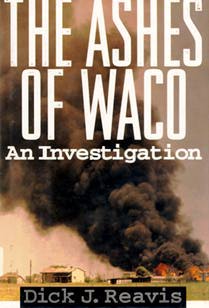The Bermuda Triangle — CoverUps.com
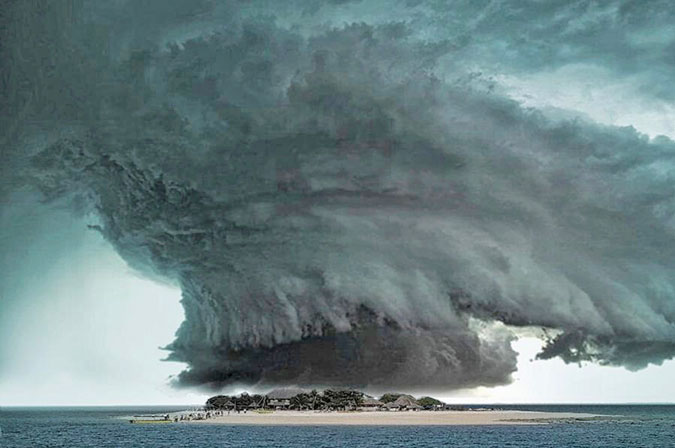
The Bermuda Triangle, also known as the Devil's Triangle, is a strange region in the western part of the North Atlantic where many aircraft and ships have disappeared under mysterious circumstances.
A Deadly History
The earliest recorded ship known to have been claimed by the Bermuda Triangle was the vessel Rosalie in 1840. The most recent ship was a yacht by the name of Connemara IV in 1956.
The first reported airplane disappearance was an eerie event known to have occurred on December 5, 1945. On a routine two-hour patrol off Fort Lauderdale, Florida, five Avenger fighters disappeared completely, after reporting to the control tower that their instruments were going crazy... everything was wrong, strange... even the ocean looked strange. The men in the tower were puzzled... the planes should have been able to see the sun, now set low in the sky. Radio contact became more difficult. Finally, a Martin Mariner plane with a crew of 13 headed out to the fighters’ last known position. Twenty minutes later, witnesses reported a bright orange flash in the sky. No trace was ever found of any of the planes.
In April of 1952, pilot Gerald Hawkes had a strange experience in his plane while flying from Idlewild (now Kennedy) Airport to Bermuda, and lived to tell about it. In a clear-skied, windless late afternoon, Hawkes began his trip. Suddenly, his plane dropped 200 ft, like he was falling through a lift-shaft in the air. His plane then shot up again. The pattern repeated, as if a giant hand were moving his plane up and down, up and down. Worse still, because of instrumentation problems, he couldn’t make radio contact with either Florida or Bermuda, and had no idea where they were. Luckily for Hawkes, he eventually made contact with a radio ship, and was able to get his bearings. Hawkes thought that perhaps he was "caught in an area where time and space seem to disappear."
Journalist Vincent Gaddis wrote a book, "Invisible Horizons", about mysterious occurrences at sea. In it, he speculated that there may be "a space-time continua that may exist around us on the earth, interpenetrating our known world."
Some believe that on the surface of the earth there are whirlpools "where gravity and terrestrial magnetism are weaker for some unknown reason. Aliens from outer space may know of these whirlpools and pick up humans from them for further study."
Biologist Ivan Sanderson made an interesting discovery while examining a map of the world; it seemed that all the areas at sea where strange disappearances had been recorded were shaped like lozenges and surrounded the globe in two rings, each located between 30 and 40 degrees C, both above and below the equator. These places were 72 degrees C apart. Interestingly, earthquake specialists discovered that Sanderson’s "lozenges" matched their own maps of seismic disturbance areas, which exist in a kind of trough encircling the core of the earth, which "determined the direction of seismic activity."
They concluded that if these strange phenomena were caused by whirlpools, they could well have been perfectly normal events caused by the earth’s natural tendency to "burp" on occasion.
Charles Berlitz wrote a book on the Bermuda Triangle, and speculated about the possible explanations of the disappearances involving UFOs, space-time warps caused by magnetic vortexes (a la the Philadelphia Project), and intelligent aliens, etc. While low on scientific analysis, the book became hugely popular.
Some important clues to the Bermuda Triangle can be gleaned from the experiences of those who escaped its clutches. In 1964, on a return trip from Nassau on his way to Miami, Florida charter pilot Chuck Wakely noticed a faint glow around the wing tips of his plane at 8,000 feet. As the glow increased in brightness and became almost blinding, his electronic instruments went haywire, forcing him to fly manually. The glow gradually decreased in strength and he was able to regain control of his instruments.
In 1966, tugboat captain Don Henry was on his way from Puerto Rico to Fort Lauderdale on a clear afternoon. Suddenly his compasses began to spin wildly. A strange darkness descended on his boat and he lost sight of the horizon. Water flowed towards him from all directions, and the boat's electrical power failed in the dense fog. Luckily his engines kept going and he was eventually able to see his way past the fog. Looking back, he saw that it was densely concentrated in a solid block, "a bank." Inside it, the sea was boiling. Beyond it, the sea was calm.
The fact is that our earth’s magnetic field isn’t "symmetrical and precise," but has many convolutions, eddies and abnormalities, tied perhaps to enormous movements in the earth’s molten core. Such fluctuations in our magnetic field might cause symptoms similar to those described by the tugboat captain and the charter pilot.
All of this merits further investigation. With satellites spinning 150 miles above the earth, scientists are ideally situated to observe these bursts of magnetic activity and might learn to predict them ahead of time, which would prevent such frightening and tragic incidents in the future. We can hope.
Selected Sources:
The Mammoth Encyclopedia of the Unsolved
by Colin Wilson & Damon Wilson
Running Press Book Publishers (2000)
Mysteries of the Unexplained
by Reader's Digest Association
Pleasantville : Reader's Digest Association;
Second Edition (1988)
PHOTOGRAPHS
Hover your mouse over the pictures below for captions.
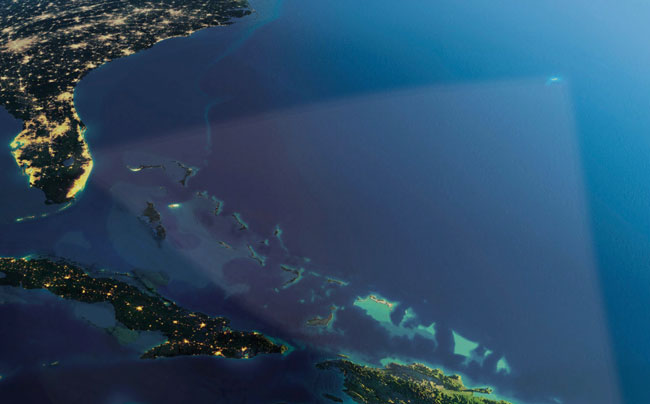
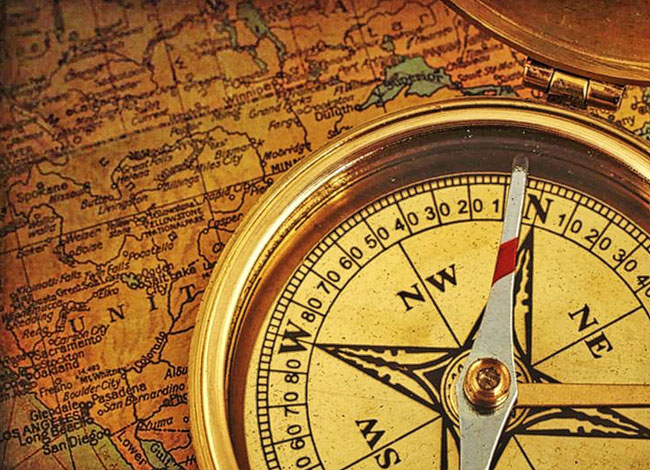
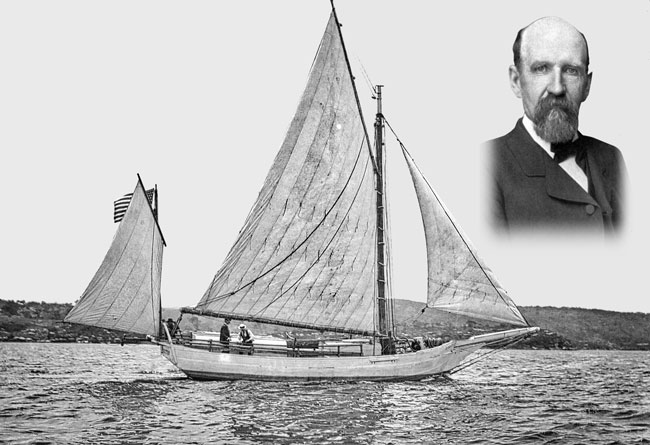
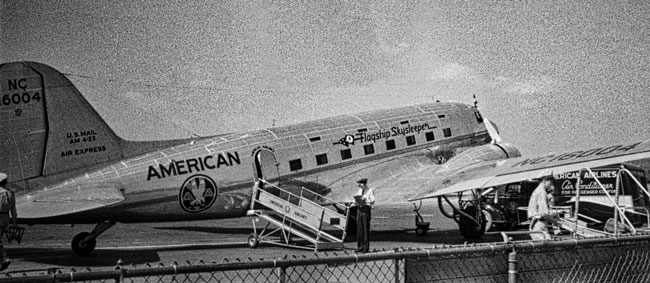
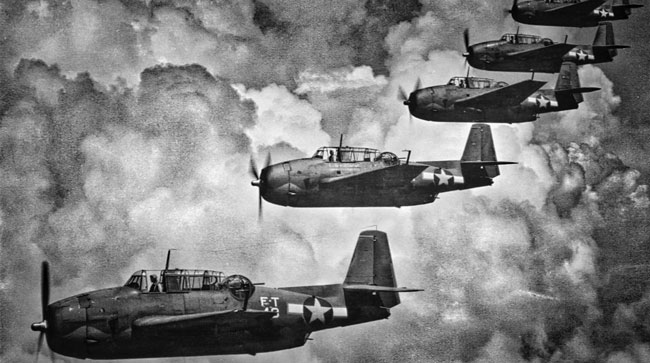
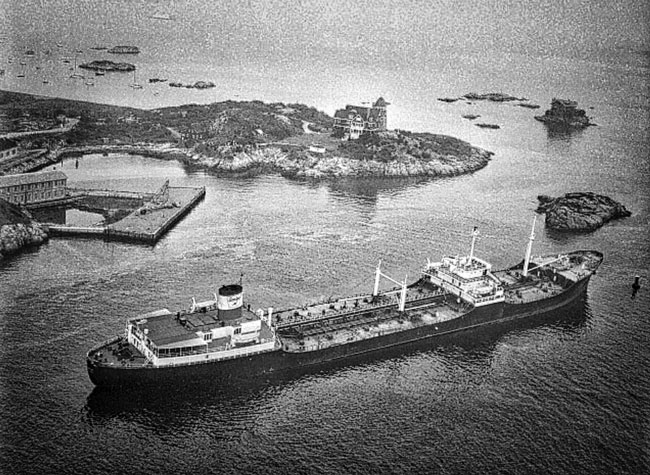
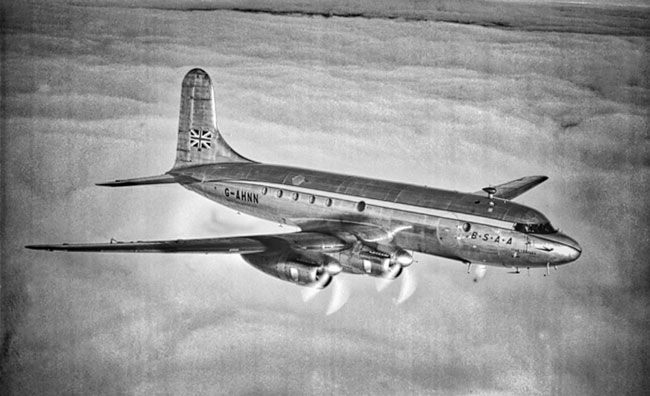
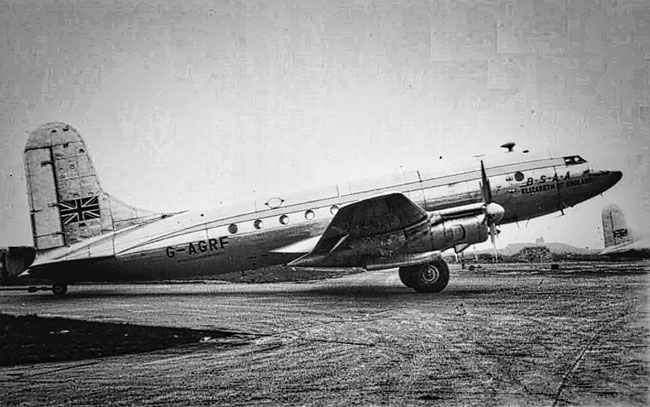
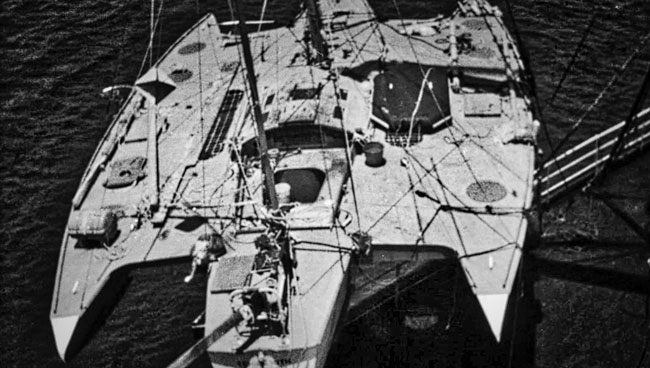
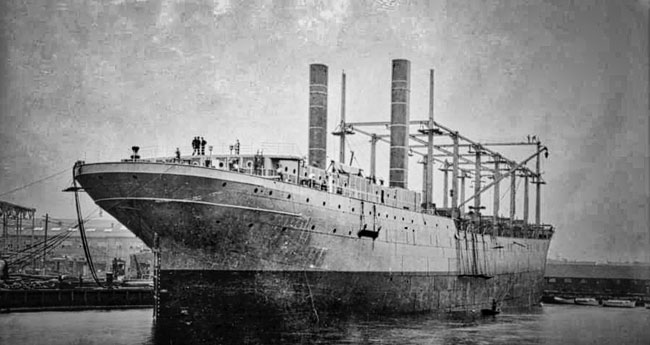
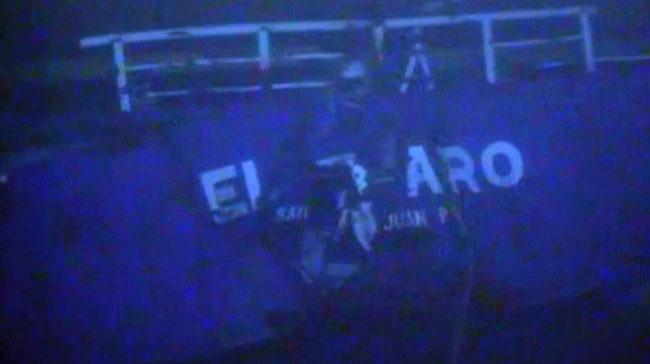
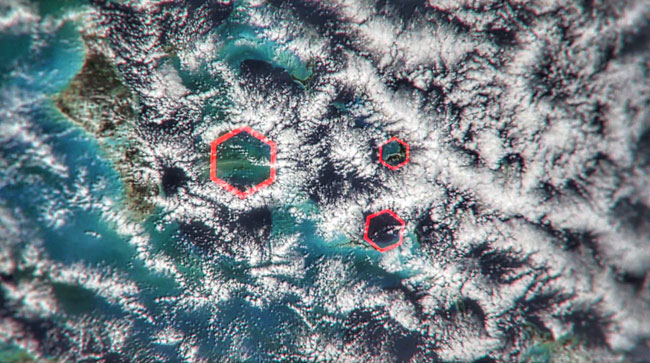
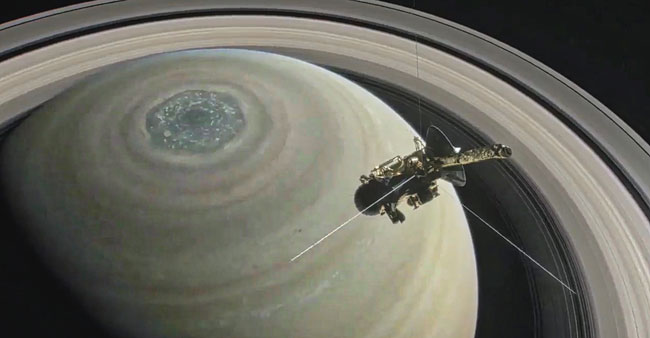
Bermuda CoverUp Content Copyright © 1999 to by The Web Network Inc All Rights Reserved
Great CoverUps * Movie CoverUps
ChristianMusic.com * HauntedHouses.com * MurderMysteries.com * Romances.com


